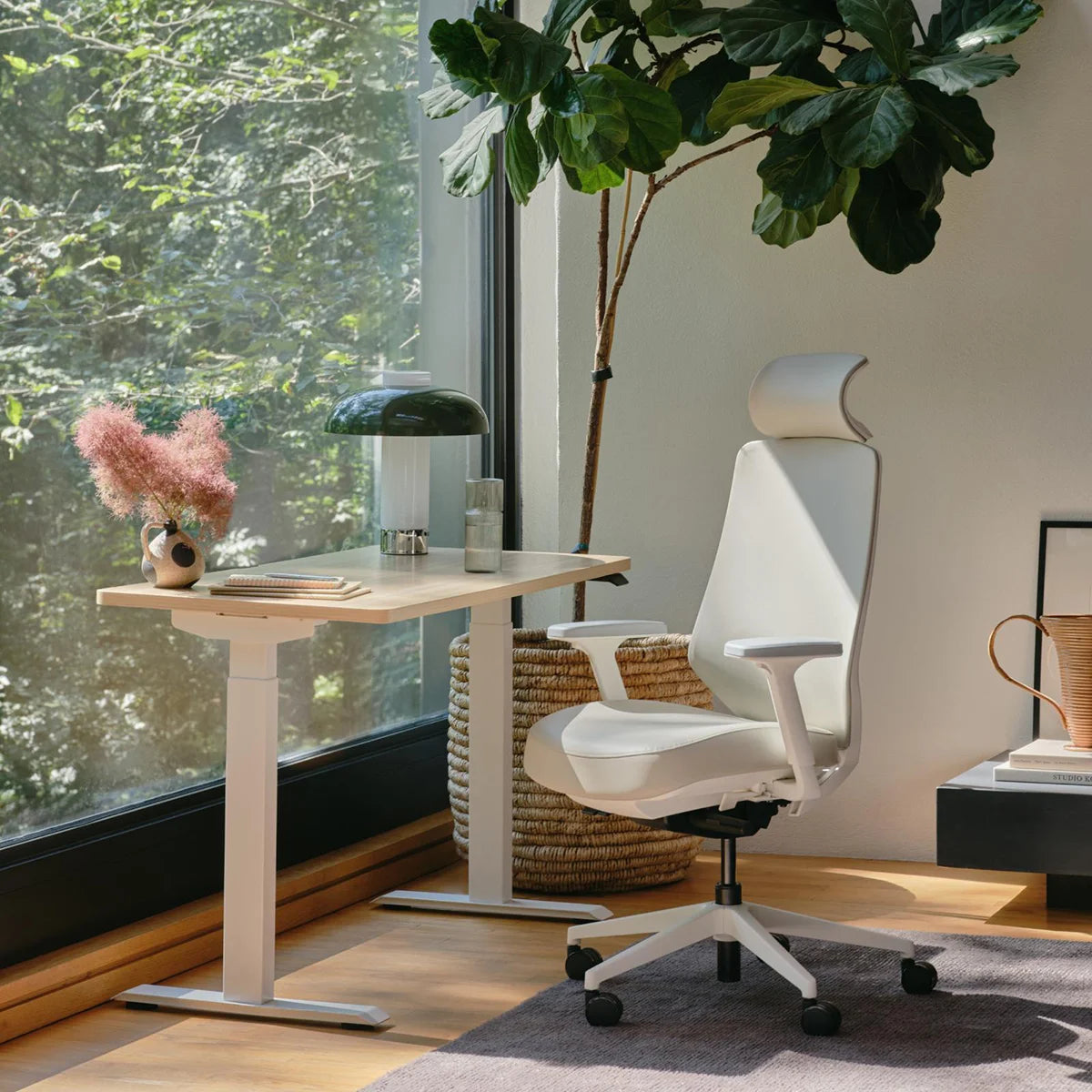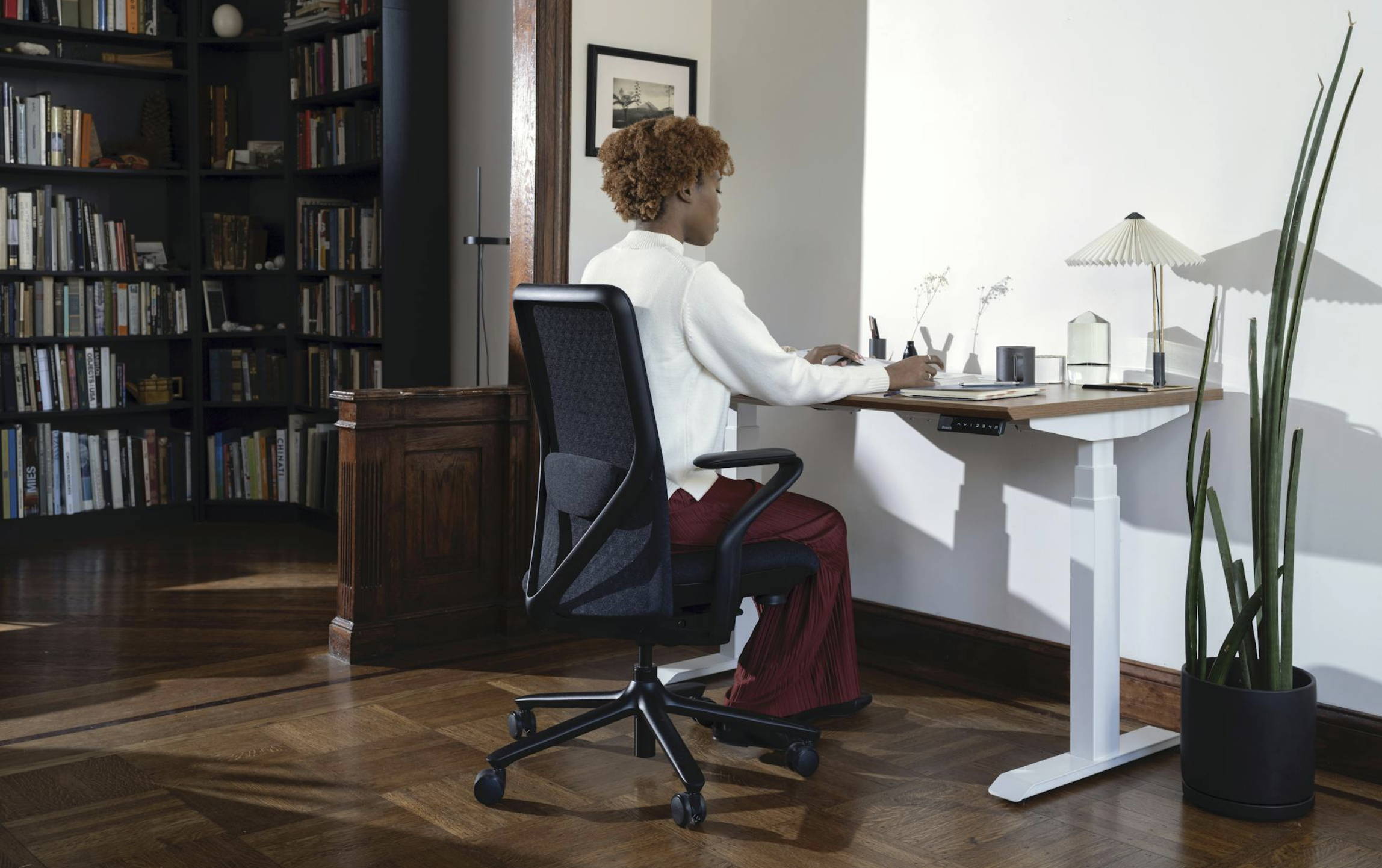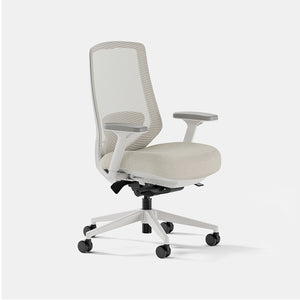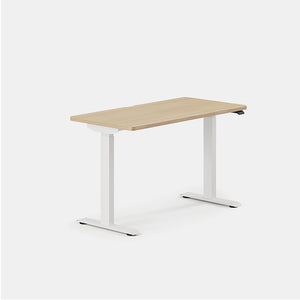In today's modern world, where many of us spend long hours seated at our desks, maintaining good posture is absolutely essential. Poor sitting posture can lead to several health issues, from back and neck discomfort to musculoskeletal problems and blood flow issues.
When we slouch or sit with improper posture, we put undue strain on our lower back, neck, and shoulders, leading to discomfort and potential long-term damage. That said, practicing proper sitting posture can help soothe these issues and put the focus back on your overall wellness.
In this article, we will dive into the significance of good posture and explore ergonomic principles to support your body while sitting.














